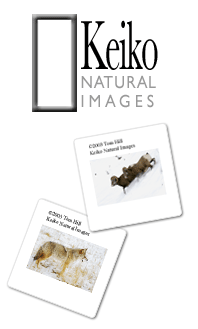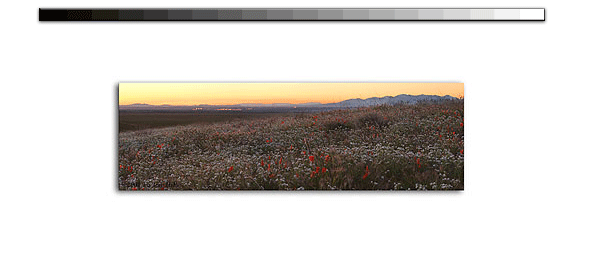|
I like to call this style of shooting as "Machine Gun Photography". This style becomes less about getting the image through guile and cunning and more about placing lead--read the type of metal bullets are made of--on the target. Those that painstakingly setup their 8x10 view cameras are looking sideways at those high tech film burning marvels. They're saying shooting at eight frames a second is more about chance then creating an image with painstaken application of photography skill and theory.
While I don't believe this last thought entirely they do have a point. To me, the goal for all photographers should be to create the image as well as possible in-camera. It's the difference that makes us photographers instead of media manipulators. If that's the goal then editing skills shouldn't be a pre-requisite to good photography. You should be able to recognize a situation, predict it's potential for making images, analyze the environment, and create something out of nothing. It's a painful, exacting process that requires lots of experience and originality to properly accomplish.
When I bought my first digital camera last year, my image requirements were modest. I mostly wanted to go digital to improve my throughput for web applications and produce a few prints up to 10x15 inches. I knew the D1h could meet those needs. I wasn't about to produce billboard sized prints and I thought the extra pixels of the Nikon D1x would slow down my technique. Note, I was an avid user of the Nikon F5 at the time and fully used its speed capabilities. Not so much for it's tremendous ability to spend film but more for its quick response. My technique was to track a subject. As it arrived in shooting position, I'd fire three images in quick succession. Usually the second or third shot was what I wanted. I thought the D1h's 5 fps would be close enough to match my F5. I knew the D1x's 3 fps wasn't going to be close. I went with the higher speed camera to increase my chances at getting the image just like those pro photographers I mentioned earlier.
After all that, I've determined I really didn't need the speed in the end. After shooting with the camera a year and watching others with their 8 fps equipment, I've scientifically determined at Sulu Labs here in Mojave Ca--I'm kidding about the science stuff by the way--there's a world of difference between 5 and 8 fps. They really aren't in the same neighborhood and should be considered in the same breath. As a result, my 8fps technique really didn't serve me with my D1h which forced me to slowly transformed to shooting slower. Fire a frame, see something develop, shoot another.
Each of the images on this article were shot with my D1h and not one was made with my finger glued to the trigger. You'll notice minimal times between the shots and few if any additional shots were made between. If you're wondering how others might've tackled these situations, consider the elk on this page. They were sparing in front of my photography group for almost two minutes before it was done as quickly as it started. The action was fast and furious and even then, I only fired off 25 images during the entire schirmish--a ton in my book. On the other hand, one of my partners with his 8fps Canon 1D burned off over 250 in the same time. Wow!!! I think we covered the same subject and were just as thorough as each other, yet he hand 10 times more images to edit! I don't know but I doubt he many more awesome images and I yet he pushed the trigger 10 times as often.
Is there a certain merit to not locking down the trigger? Are you worse off continually pressing the trigger? Let's see.
|




